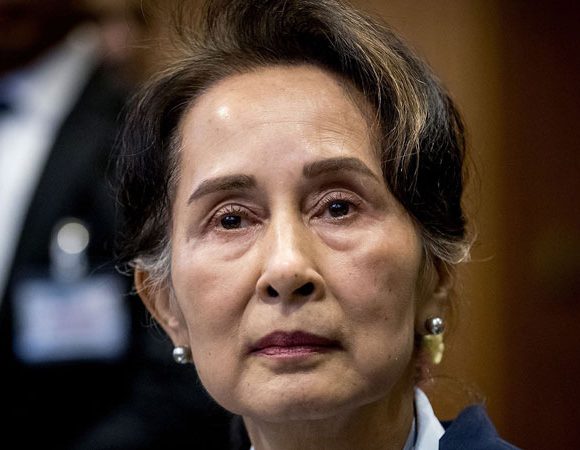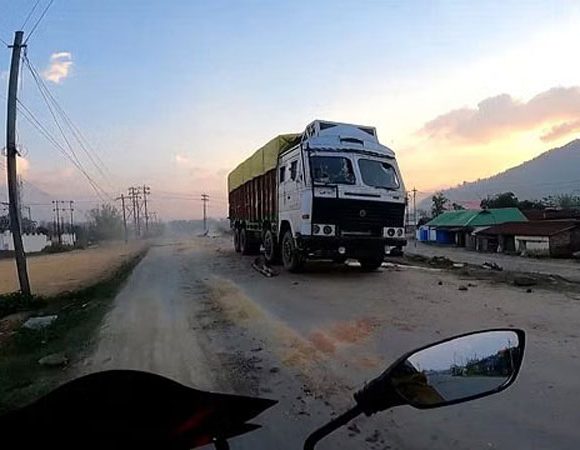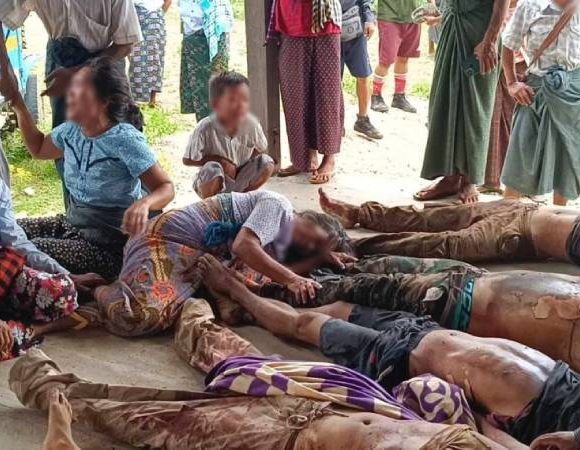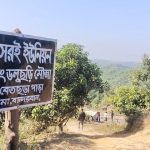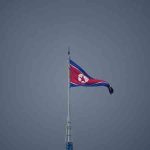In Myanmar war, crucial window looms for junta and rebels
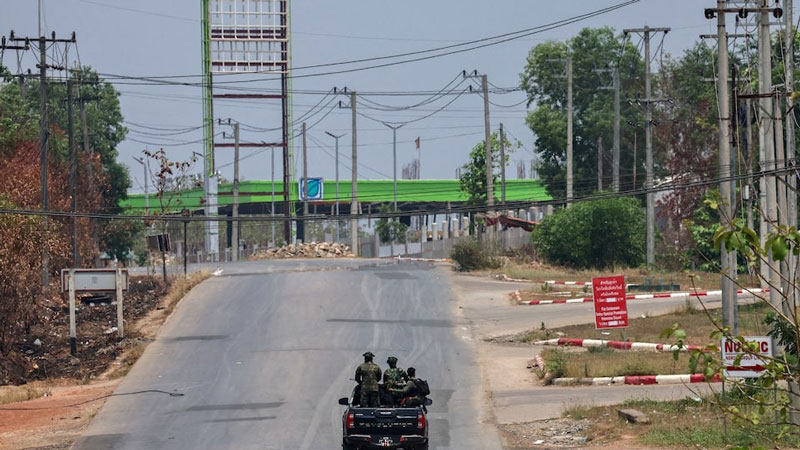
In the jungles of southeastern Myanmar’s Dawna Hills, rebels from an armed ethnic group are fighting to hold back columns of reinforcements sent by the country’s ruling junta to try to reclaim Myawaddy, a critical trading outpost on the Thai border, Reuters reports.
What happens in the next few weeks in the scramble for Myawaddy and other strategic locations in Myanmar could determine the next phase of a bloody conflict that has dragged on for more than three years and ultimately dictate the fate of the junta.
Myanmar has been plunged into chaos since a military coup in February, 2021 led to the rise of an armed resistance that is now working alongside ethnic minority rebel groups, some of which have been fighting the military for decades.
The junta and the resistance have a limited window to make gains or hold their ground, as rain-laden monsoon clouds begin rolling across Myanmar around early June. Such weather particularly hampers the military that is strung out on multiple front lines, by blunting the advantage of its air power, analysts said.
In the balance lie vital trade and military outposts, including Myawaddy in the southeast, the western Rakhine region where the powerful Arakan Army has battered the junta and pockets of other provinces along the border with China and Thailand.
Some of these are areas that the junta will look to retake or hold on to before the rains arrive, even as the rebels seek to maintain their momentum, said Zachary Abuza, a professor at the U.S. National War College and a specialist on Southeast Asia.
“There are a couple of really important strategic objectives for the military in the coming weeks,” he said, referring to key ongoing battles, including those for Myawaddy and towns in Rakhine state.
A junta spokesman did not respond to calls from Reuters.
Since October, the junta has faced a string of battlefield defeats and, together with a haemorrhaging economy, is grappling with its biggest challenge since taking power.
It has lost control of around half of its 5,280 military positions, including outposts, bases and headquarters, and 60% of territory it had previously controlled in ethnic minority areas, according to estimates by the United States Institute of Peace (USIP).
The military could within the next six months lose control of all major borderlands with Bangladesh, China, India and Thailand, areas where it is currently battling a mix of rebel groups, a Thai official and a diplomatic source told Reuters, based on their assessment of the ongoing fighting.
Stretched thin across frontier territories that are slipping out of its grip, the junta may look to consolidate resources and prioritise key areas, they said.
Both asked not to be named because they are not authorized to speak to media.
‘WRITING IS ON THE WALL’
But they added that although the junta was weakened and bleeding troops, it had retained the firepower to inflict significant damage to resistance groups and hold the central lowland region, home to the majority Bamar people.
Even hemmed in, government forces could mount a robust defence and prolong the conflict, said Thitinan Pongsudhirak, a Bangkok-based regional political analyst.
“I think that this could drag on,” he said referring to the turmoil in the country. But he added the junta’s control was in the long run “untenable”.
“The writing is on the wall,” Thitinan said, pointing to the battlefield losses, emboldened resistance and lack of popular support.
After losing control of Myawaddy, the military has mounted a counter-offensive to take back the town, a conduit for border trade of over $1 billion annually.
The Karen National Union (KNU), one of Myanmar’s oldest ethnic armies, which initially dislodged the military from Myawaddy, is now battling to hold back the junta assault.
“More than 1,000 troops are approaching and moving forward to Myawaddy but KNLA joint forces still trying hard for intercepting, blocking and attacking them,” KNU spokesman Saw Taw Nee told Reuters, referring to the fighting between junta troops and the group’s armed wing, the Karen National Liberation Army.
“Fierce fighting is taking place everyday.”
Some 900 km (600 miles) to the west of Myawaddy, the junta is battling the Arakan Army that is pushing to gain control of Ann, a key regional military headquarter.
The 793-km (491-mile) Myanmar-China Gas Pipeline also traverses Ann, with a major pump station located near the town, which analysts say the military will do everything to hold.
The monsoon rains will complicate the deployment of military’s air power – a key advantage for the junta – with low cloud cover impacting the use of unguided munitions that are typically used by its air force, said Richard Horsey, the Crisis Group’s senior Myanmar adviser.
“It’s also harder and more dangerous for helicopters to operate in the monsoon – for transporting troops, resupplying bases that are cut off by anti-regime forces, and providing fire support,” Horsey said.
Military defections across the country in recent months have indicated that the junta’s failure to resupply troops with food, water, ammunition, and medical supplies has led to collapsing morale, according to Abuza at the National War College.
The rains will hand an advantage for the resistance forces that have the momentum of multiple victories but they remain a diverse set of ethnic armies and grassroots resistance groups lacking critical coordination, analysts said.
“Facilitating strategic coordination among the plethora of groups will take time, but it will be a decisive factor in determining the outcome of the conflict in Myanmar,” USIP’s Ye Myo Hein said in a recent report.
Kyaw Zaw, a spokesman for Myanmar’s shadow National Unity Government, said the junta currently only retained control over big cities in the heartland.
“Even there, they are getting threatened.”

